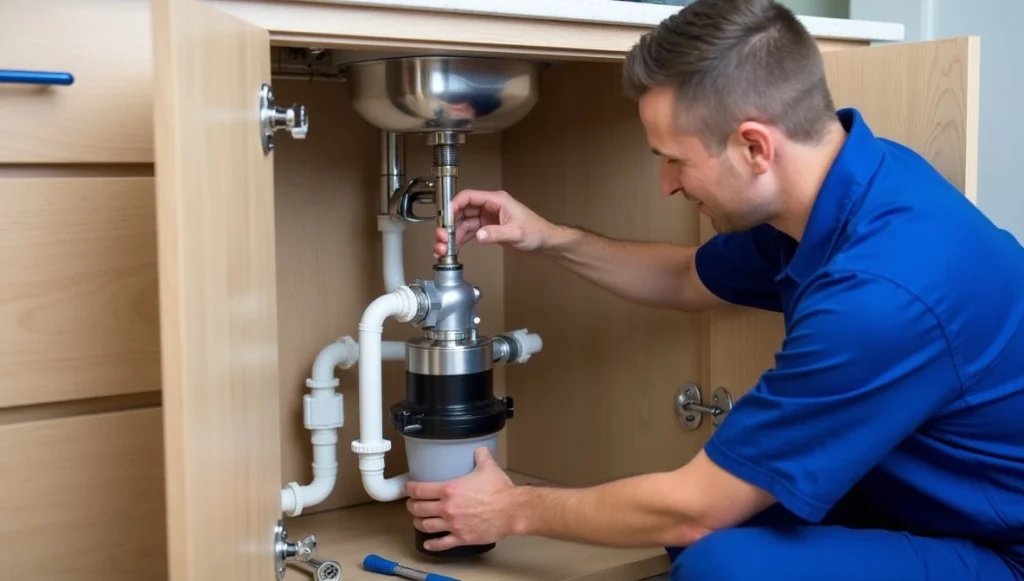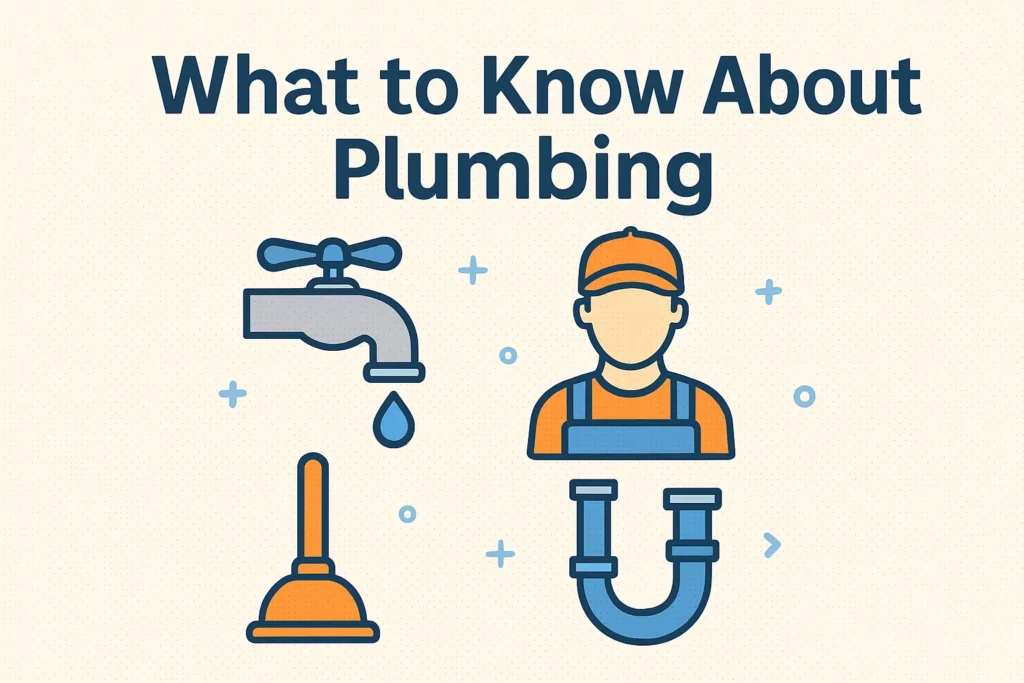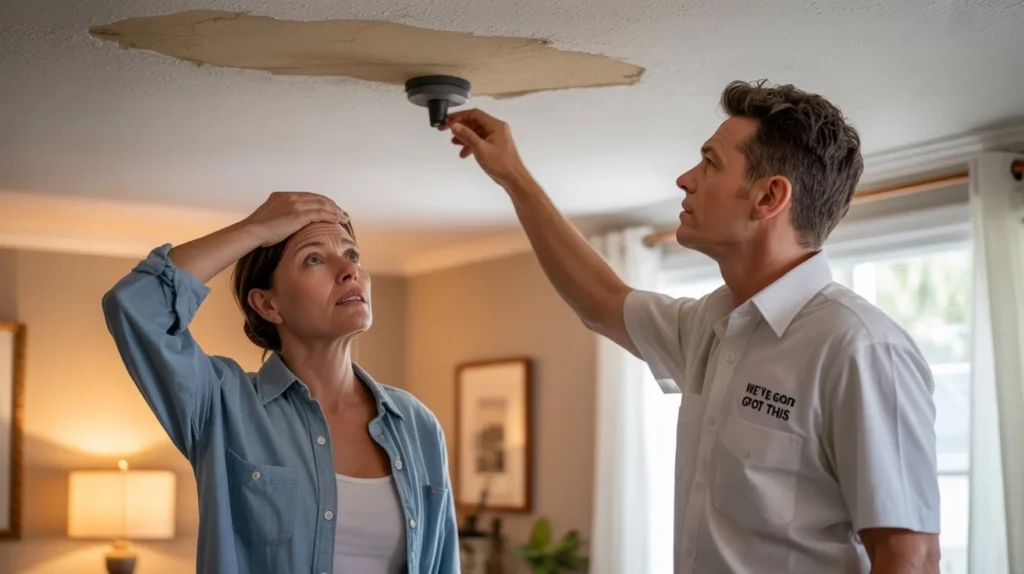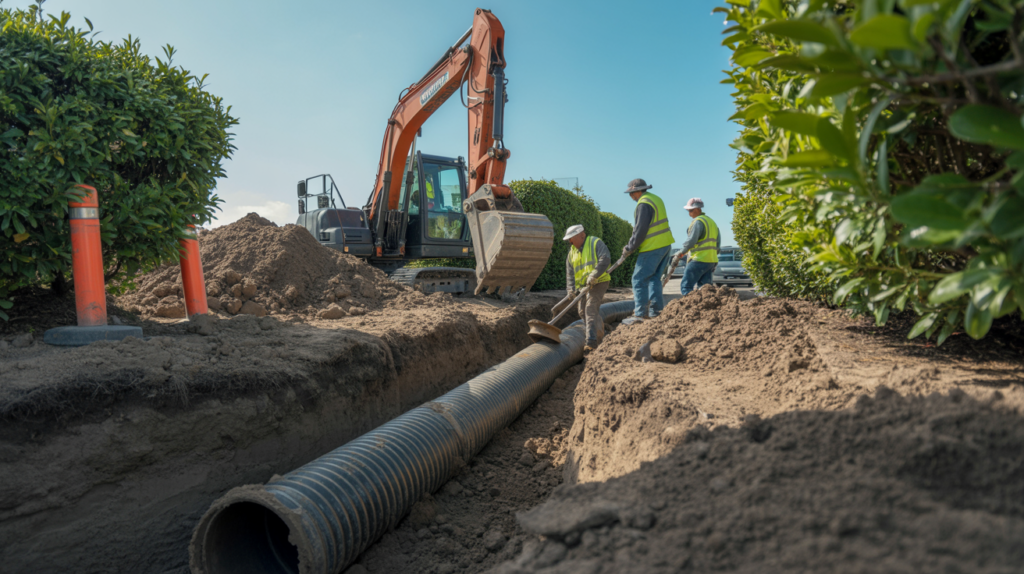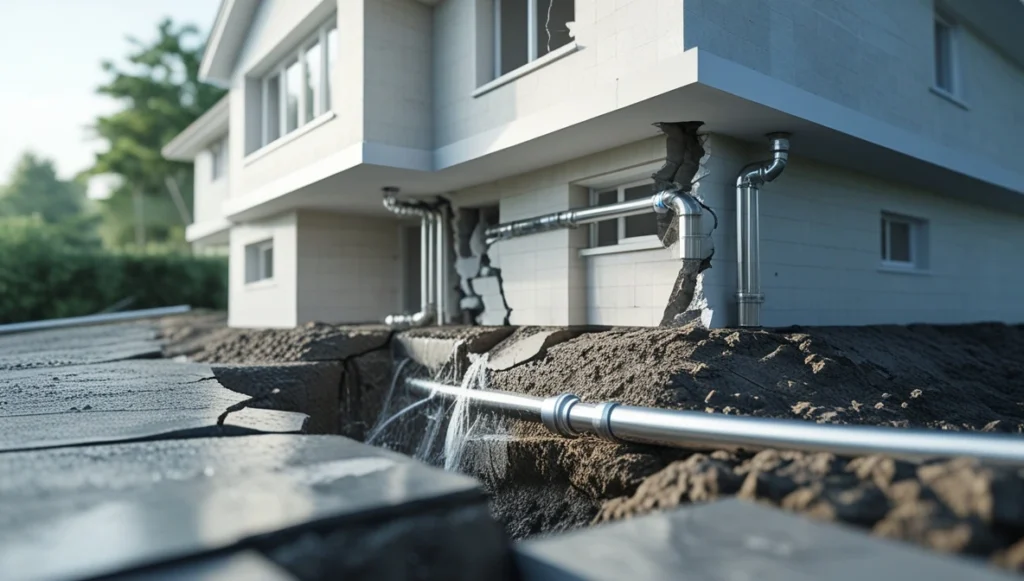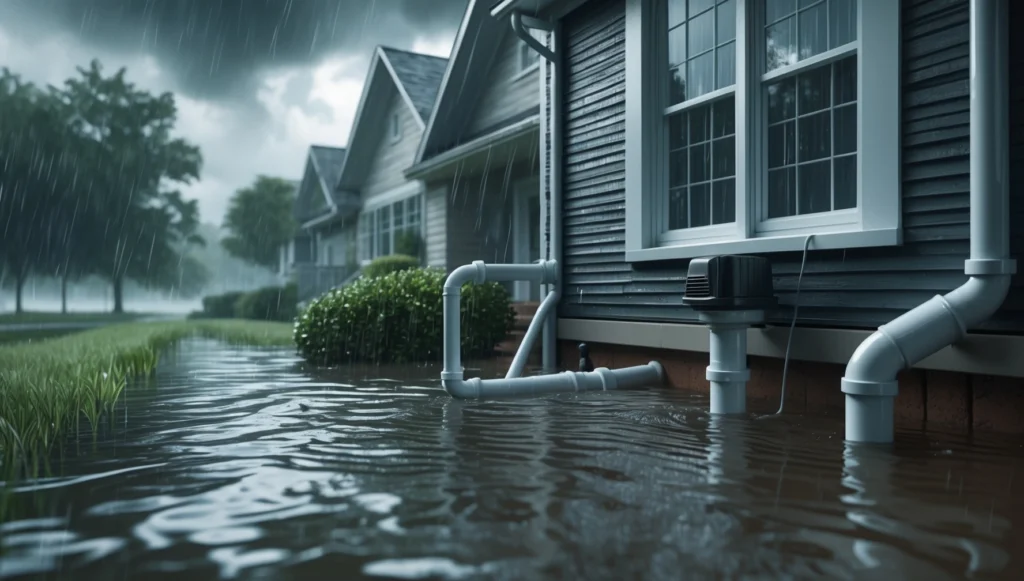How to Troubleshoot Your Water Heater: A Guide to Solving Common Issues
Water heaters are essential household appliances that ensure you have access to hot water for daily tasks like showering, washing dishes, and laundry. However, like any appliance, water heaters can encounter problems. When your water heater starts acting up, it’s important to diagnose the issue promptly to prevent further damage and ensure your home remains comfortable. This article will guide you through common water heater issues, using a set of diagnostic questions to help you identify the problem, and offer practical troubleshooting steps. Whether you’re dealing with cold water, strange noises, or other unusual behavior, understanding what might be wrong can save you time, money, and stress. What Type of Water Heater Do You Have? Before you can troubleshoot your water heater, it’s important to know the type of system you’re dealing with. Different types of water heaters have distinct characteristics and issues, so it’s essential to narrow this down: Gas (Natural or Propane) Gas water heaters are powered by either natural gas or propane. These systems are commonly found in homes that don’t have an electric hookup. If your gas heater isn’t working, the issue could be related to the gas supply, the pilot light, or the thermocouple. Electric Electric water heaters are powered by electricity and are widely used in homes. Common issues with electric water heaters include a malfunctioning heating element, a tripped circuit breaker, or a faulty thermostat. Tankless (On-Demand) Tankless water heaters heat water on demand, which makes them energy-efficient. If you’re experiencing issues with a tankless system, it could be a problem with the flow sensor, gas supply, or an error code displayed on the unit. Heat Pump/Hybrid Heat pump or hybrid water heaters use electricity to move heat from the air or ground to heat water. They are more energy-efficient than traditional electric water heaters. Issues can arise from the thermostat, airflow restrictions, or refrigerant leaks. How Old Is Your Water Heater? The age of your water heater can help you determine if it’s time for a repair or replacement. If you’re unsure about its age, check the serial number on the unit to find out when it was manufactured. The typical lifespan of a water heater depends on the type: Gas Water Heaters: 10–15 years Electric Water Heaters: 10–15 years Tankless Water Heaters: 20 years or more Heat Pump/Hybrid Water Heaters: 10–15 years If your unit is over 10 years old, it may be more cost-effective to replace it rather than repair it, especially if frequent issues arise. Age-Related Problems to Watch For: Rust or corrosion Leaking tank or pipes Frequent pilot light or power failures Inefficient heating Is Your Hot Water Not Working in…? Determining where the issue is happening in your home can provide valuable insight into what may be malfunctioning. The Whole House If there is no hot water anywhere in the house, the issue is likely with the water heater itself. The most common causes for this could include: A tripped circuit breaker (for electric units) A malfunctioning pilot light or gas supply (for gas units) A faulty thermostat A burned-out heating element Only One Faucet/Shower When hot water is only unavailable in one faucet or shower, the problem may lie with the fixture rather than the entire water heater. Common issues include: Clogged aerators or showerheads Broken or malfunctioning mixing valve Faulty faucet cartridge One Side of the House If the issue is limited to one part of the house (e.g., one bathroom or the kitchen), you may be dealing with poor water distribution. Check for issues like: Faulty plumbing or pipes Corrosion in the water lines A valve that’s closed or malfunctioning Is the Water Completely Cold or Just Lukewarm? Understanding whether your water is completely cold or just lukewarm can provide further clues: Completely Cold If the water is completely cold, it typically indicates a serious problem with the water heater. This could include: A tripped circuit breaker (electric heaters) No pilot light (gas heaters) A failed heating element or thermostat A clogged filter (tankless units) Lukewarm If the water is lukewarm, it may indicate that the thermostat is set too low or that the heating elements are starting to fail. Adjusting the thermostat or replacing the heating elements might solve this issue. Starts Hot, Then Turns Cold Quickly If the water initially heats up but then quickly turns cold, this is often a sign of a problem with the thermostat, sediment buildup in the tank, or a failing heating element. Have You Noticed Any of the Following? The following symptoms could provide a more specific diagnosis of your water heater’s issue: No Pilot Light / Error Code on the Unit For gas water heaters, if the pilot light is out, this is a clear sign that there is an issue with the gas supply or thermocouple. Check if the gas supply is on, and relight the pilot light following the manufacturer’s instructions. If the issue persists, the thermocouple might need to be replaced. For tankless systems, error codes can indicate problems with the flow sensor, temperature sensor, or other components. Refer to your unit’s manual to diagnose the error code. Strange Noises from the Tank Strange noises, such as popping or rumbling, often indicate sediment buildup in the tank, especially for older units. This sediment can interfere with the heating process and damage the tank over time. Flushing the tank can help remove sediment and restore normal operation. Water Leaking Around the Unit Leaks are a serious concern and can indicate a problem with the tank, valves, or pipes. If you notice water pooling around your unit, immediately turn off the power or gas supply and contact a professional plumber or technician to avoid water damage. Circuit Breaker Tripped For electric water heaters, a tripped circuit breaker is a common issue. This could be due to an overworked unit or a short circuit. Reset the breaker and check the system. If the breaker trips again, it might indicate a deeper electrical issue. Recently





